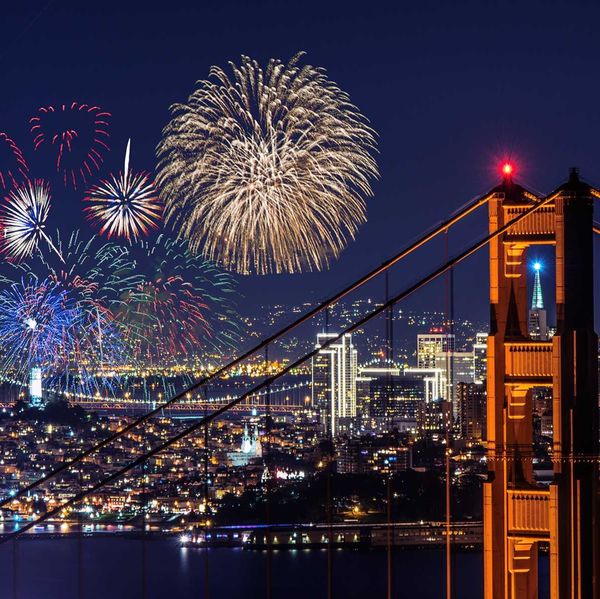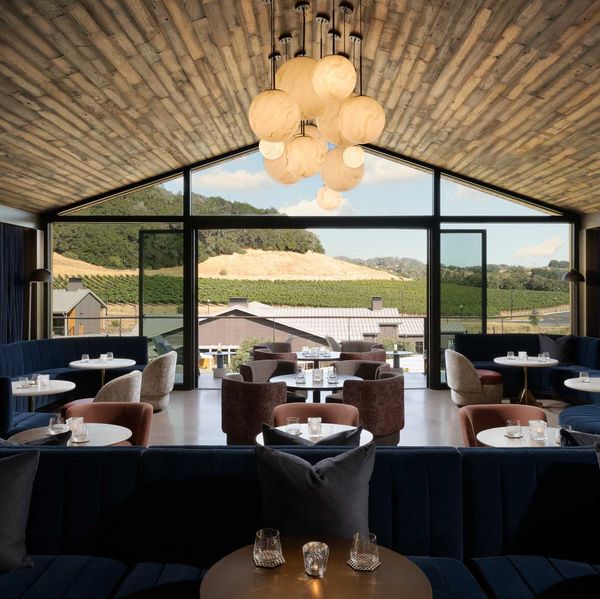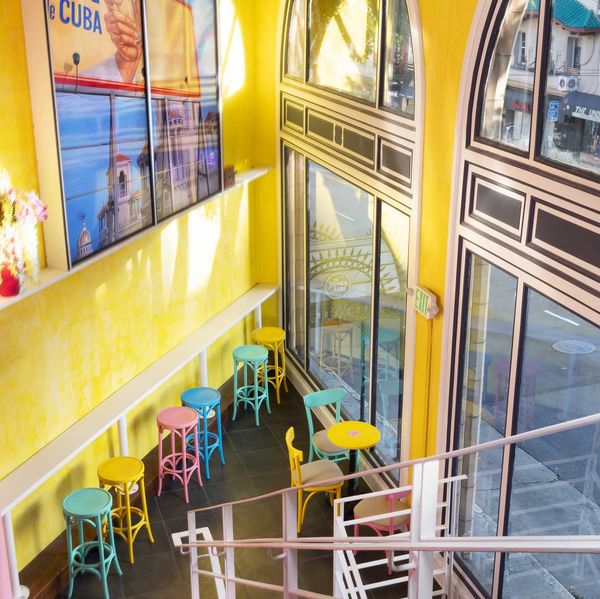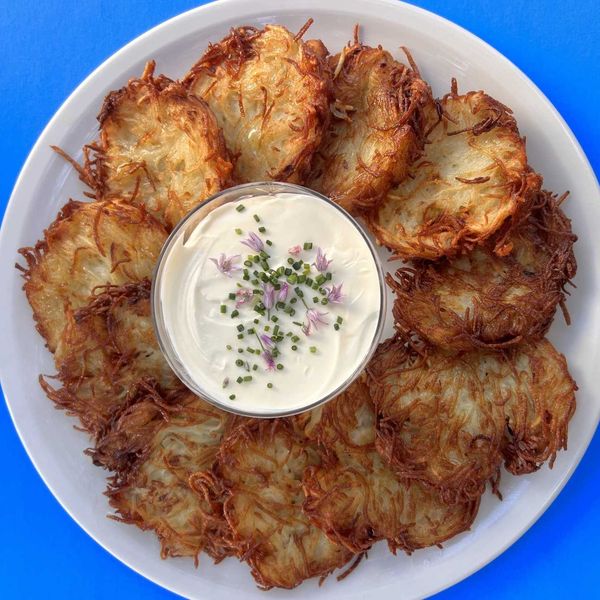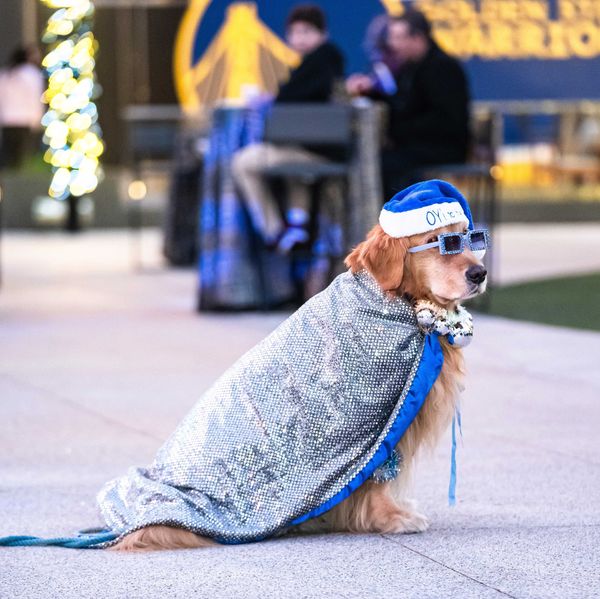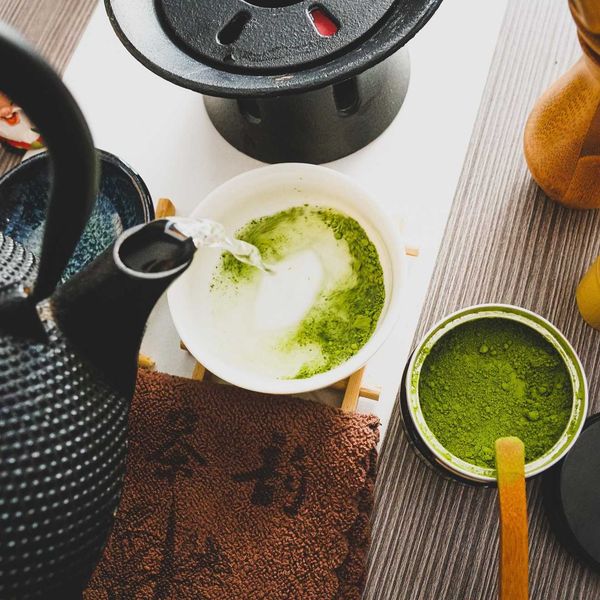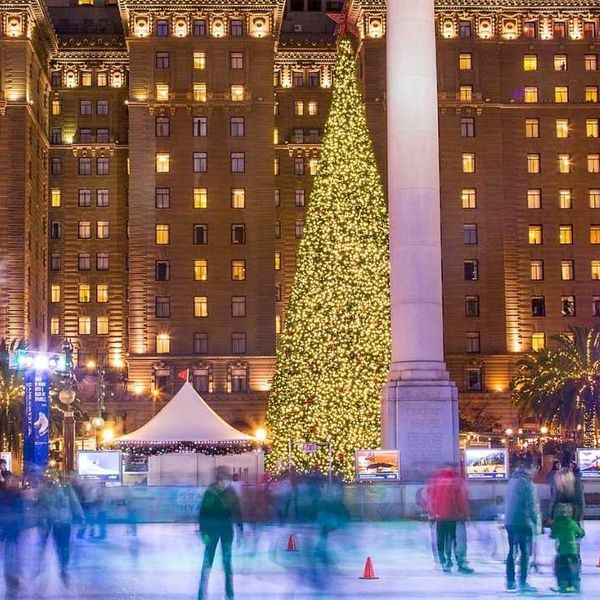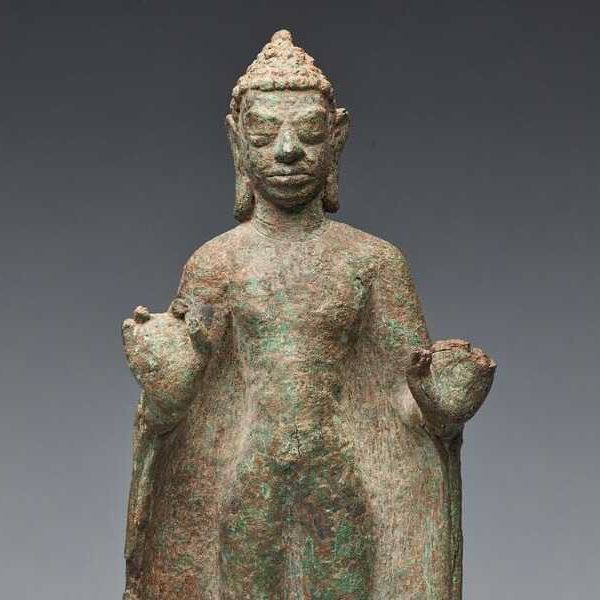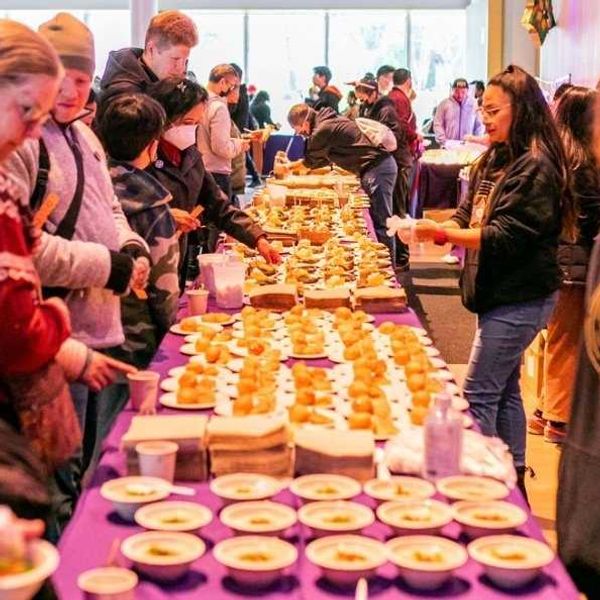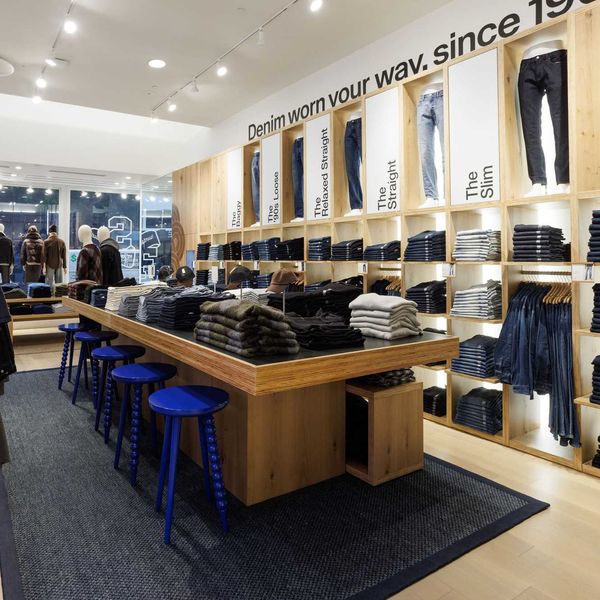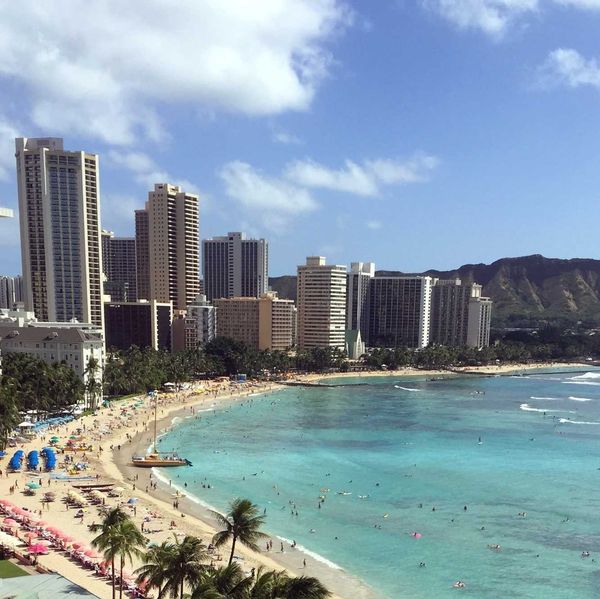Fashion is a barometer of society and its social norms and changes, and the de Young Museum's latest sartorial blockbuster, Contemporary Muslim Fashions, comes at a timely moment in the American story, as anti-Muslim rhetoric is being disseminated even from the most hallowed of our historic halls.
The exhibition, which opens September 22nd, illuminates an oft untold aspect of the diverse and multicultural Muslim faith, and examines the role that fashion, style, and codes of dress—through both traditional garments and their more modern interpretations—play in Muslim cultures worldwide.
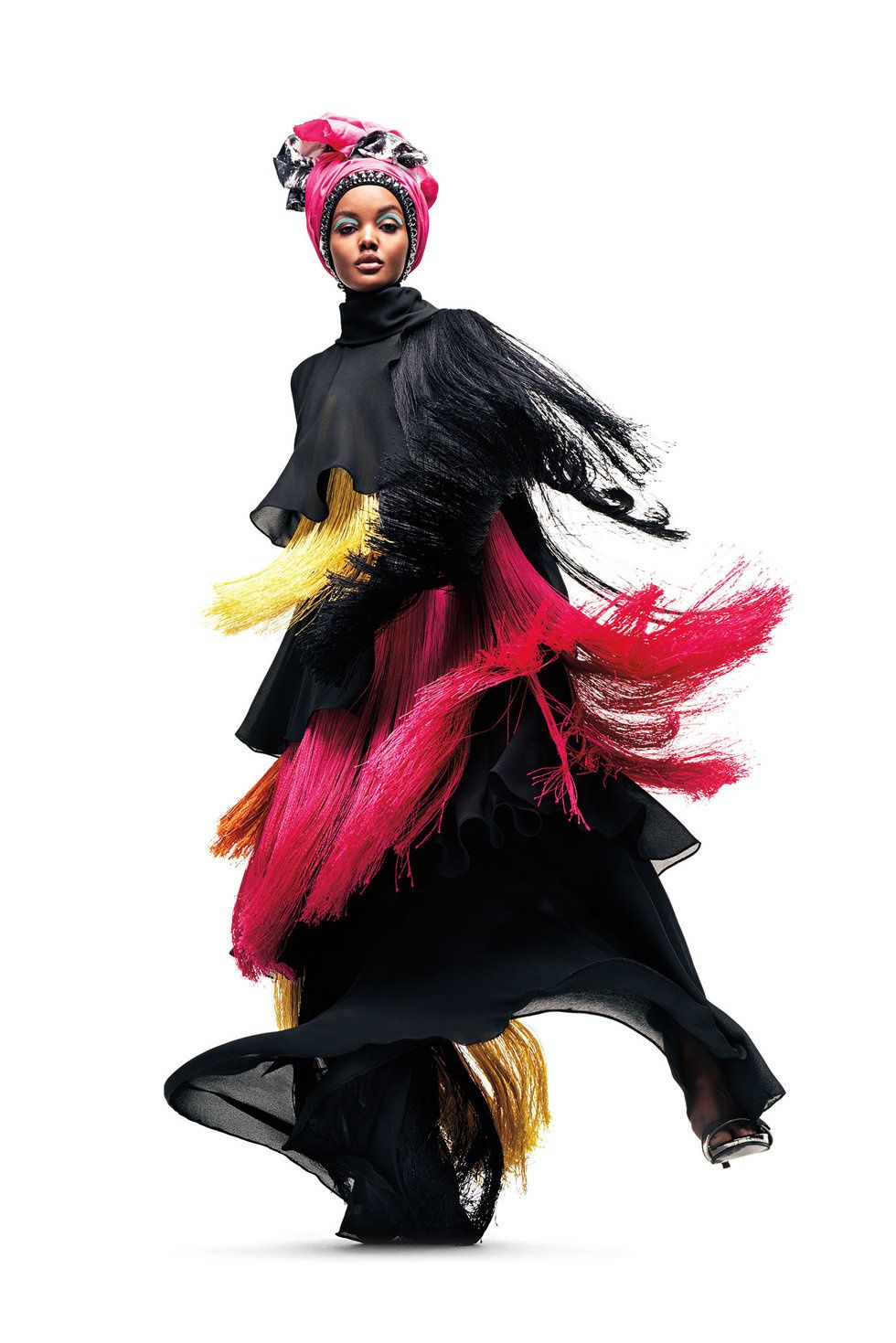
(Sebastian Kim, courtesy of Fine Arts Museums of San Francisco)
Halima Aden, wearing Dian Pelangi.
"Whereas in recent years a lot of the [de Young's fashion] exhibitions have focused more on the designer as the artist, we really wanted to bring the dialogue back onto the role of fashion within society," says Jill D'Alessandro, the museum's curator in charge of costume and textile arts.
Designed by the Iranian-born sisters Gisue Hariri and Mojgan Hariri of the multi-award-winning powerhouse Hariri & Hariri Architecture, the galleries themselves are a stunning visual metaphor for the pieces on display there, creating an immersive environment, inspired by classical Islamic architecture, that welcomes viewers into the Muslim world.
Here once-permanent walls have made way for arched screens and latticed canopies, finished in a monochromatic palette and informed by traditional mashrabiya as if to echo notions of both the seen and unseen worlds. Walking through the galleries beneath sinuous canopies stretched luxuriously above the beautiful clothing, one is reminded of the intimate relationship that exists between fashion and architecture.
"It is a wonderful combination of being open and yet protected at the same time," says D'Alessandro of the space. "It kind of hugs you.
The intimacy of the space mirrors the personal nature of an exhibit that explores not just the way women define themselves by dress but also the message their sartorial choices send. In the Muslim world, where the question is to cover or not to cover, modesty can be as big a factor in wardrobe selection as style, place, and occasion.
"For many modest dressers, fashion serves not only as a medium to share their personal style, but also for discussions about contemporary religious concerns and social injustices, and as a tool for positive social change," Camerlengo says.
There are more than 80 outfits on display, including heavy silks and gossamer chiffons, traditional weaves and technical performance fabrics. You'll see handwoven songkets—patterned brocade textiles woven with shimmering metallic threads from Southeast Asia—streetwear, and even designer couture with looks from Oscar de la Renta, Dolce & Gabbana, and Yves Saint Laurent.
But nearly half the designers presented in this show are women in their 20s and 30s; modern Muslim designers including Dian Pelangi (Indonesia), Melinda Looi (Malaysia), Rani Hatta (Indonesia), and Céline Semaan Vernon of the American activist fashion label Slow Factory, whose collection of printed scarves in response to the Trump administration's "Muslim ban" are also seen here.
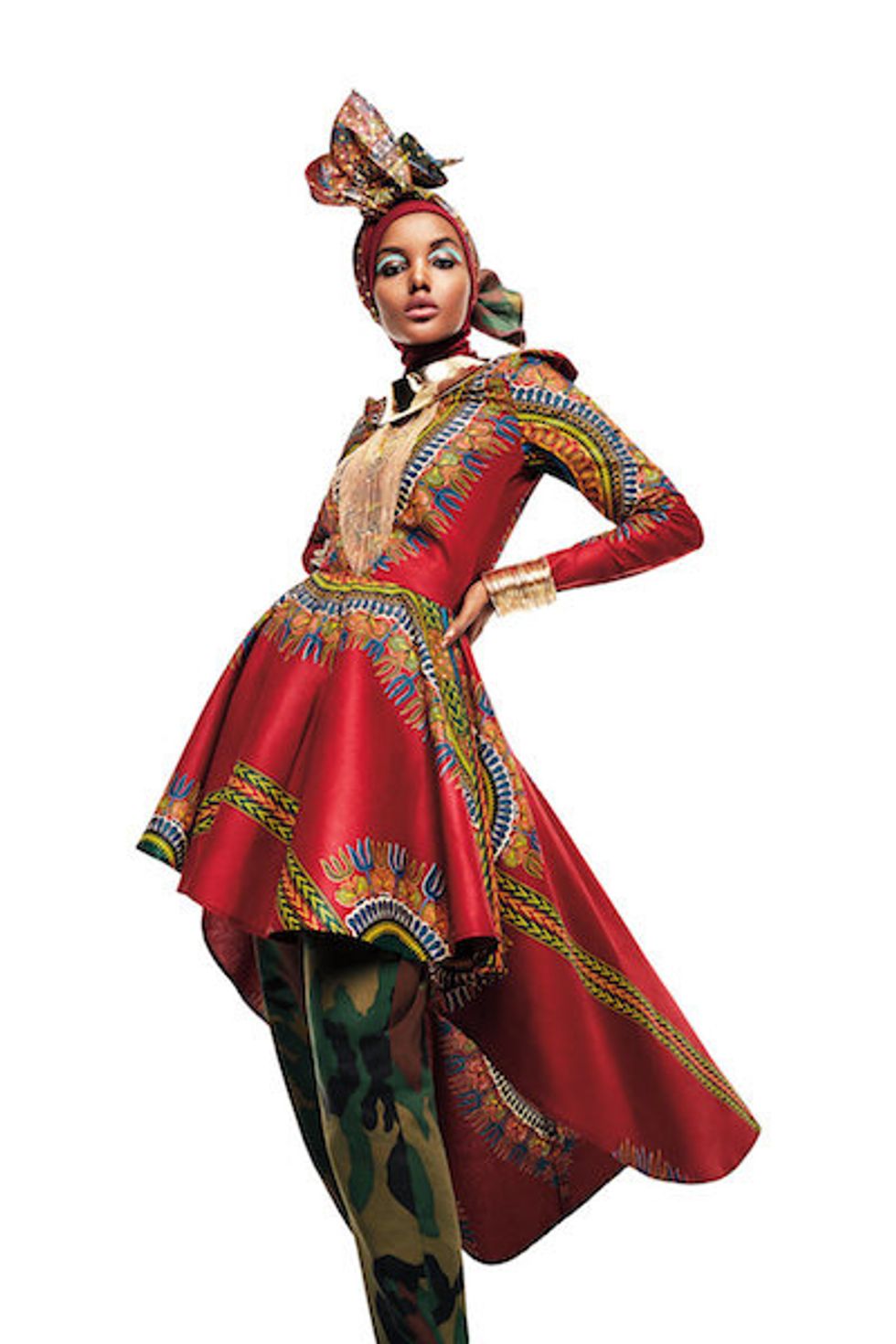
(Sebastian Kim, courtesy of FAMSF)
Naima Muhammad for House of Coqueta.
Rounding out the exhibition are 40 photographs by artists including Hassan Hajjaj, Shadi Ghadirian, and Venice Biennale award-winner Shirin Neshat. These images, which range from street style portraits of modestly dressed Muslim women from around the world by Langston Hues to snapshots of Indonesia's rapidly developing Islamic fashion scene by Italian photographer Alessia Gammarota, help contextualize the garments on display as well as provoke dialogue on their provenance.
Items in the exhibit juxtapose traditional Muslim ideals of dress with the creative expressions of modern Muslim women and point to constant change—fashion, after all, moves not just with the seasons but with the climate of society and the mood of the people. The curators confess that this mercurial nature posed a challenge in presenting a definitive exposition.
"This is a contemporary exhibition with contemporary fashion, and there has been heightened interest in this sector the past few years, but it is an area of fashion that's evolving and changing very rapidly," says Camerlengo. "We felt like we were on quicksand—we would start to get some ground...and then something...another collection would come out, or a fashion week, or a new designer.. Also, it's such a competitive market that there were people's works we had discovered three years ago that, when we revisited them, they had closed house."
To help, the curators sought the insight from members of the Bay Area's own Muslim community early on in the project. "We showed them different aspects of the exhibition, talked about objects in the show, and got their feedback—it became a really rich dialogue," Camerlengo says. Some of those collaborators became even more directly involved, lending items for display and helping with educational programming.
Muslim social media personalities are also highlighted in the exhibit ("Muslim women have been early adopters of each new social media application," says Camerlengo), including the outspoken Iranian political-fashion blogger Hoda Katebi of JooJoo Azad ("dedicated to the integration of ethical fashion and activism through an anti-capitalist, intersectional-feminist lens") and Leah Vernon, the feminist blogger, model, and public speaker whose popular Instagram account and blog, Beauty and the Muse, unabashedly questions the status quo with searing commentary and stunning style.
These are just two of many digital influencers and style arbiters presented in the show—both curators credit social media for providing a rich fount of content—that serve to illustrate the breadth of creativity in the ways that Muslim women around the world interpret the concept of modest fashion.
"Particularly in American popular culture, there is this conventional narrative that Muslim women who are modest wear big swathes of dark fabric," says Camerlengo, "and I think that when people enter the gallery, they will get a real sense of the diversity and creativity involved, and just how fashionable many of these women are....Some of our audience will be surprised."
Contemporary Muslim Fashion is the first major museum exhibition dedicated to exploring modern Muslim dress codes, and promises to be an eye-opener in more ways than one.
// Contemporary Muslim Fashion, Sept. 22, 2018 through Jan. 6, 2019; de Young Museum, 50 Hagiwara Tea Garden Dr. (Golden Gate Park), deyoung.famsf.org.
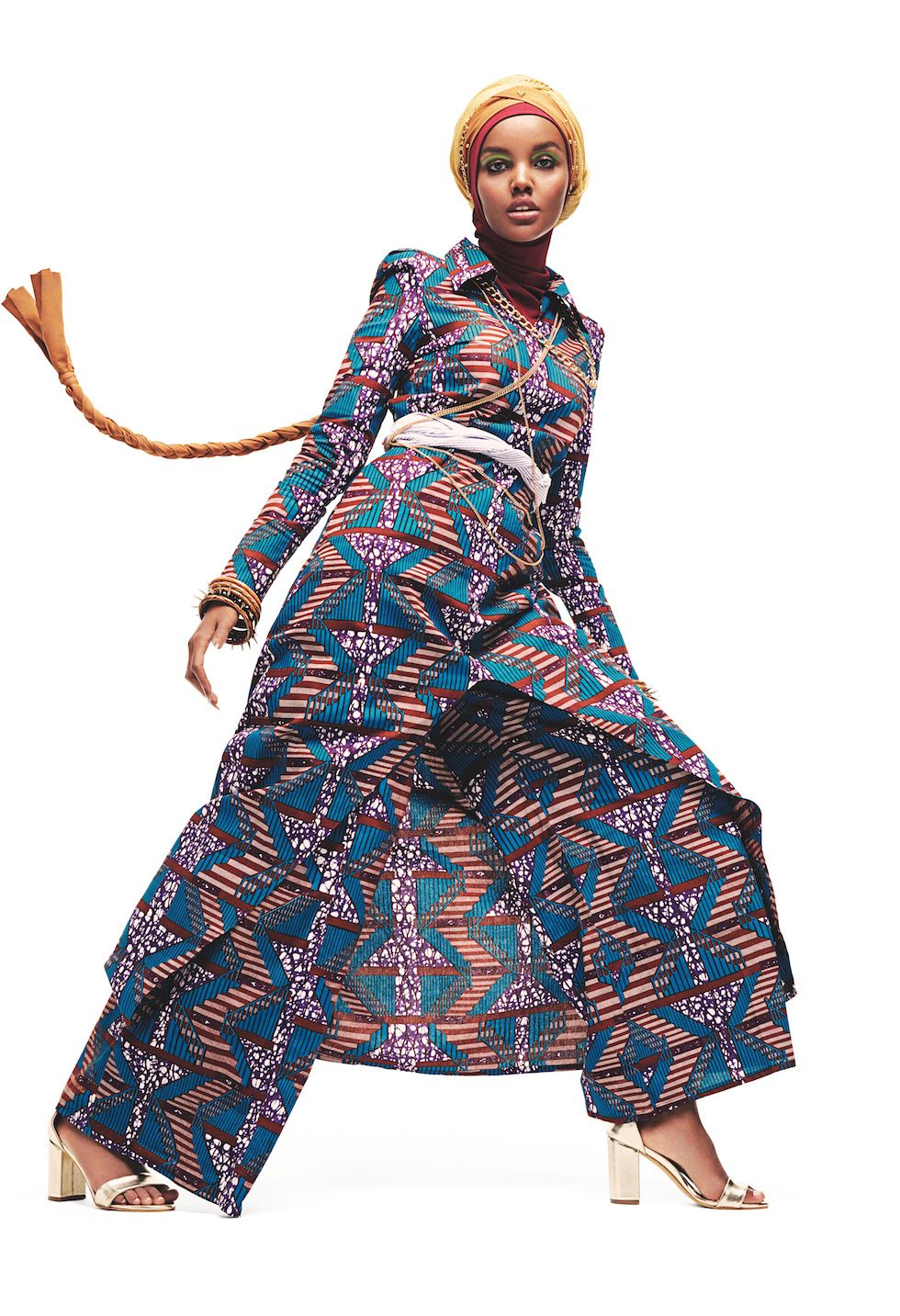
(Sebastian Kim, courtesy of Fine Arts Museums of San Francisco)
Naima Muhammad for House of Coqueta.
Shop Exhibit Merch!
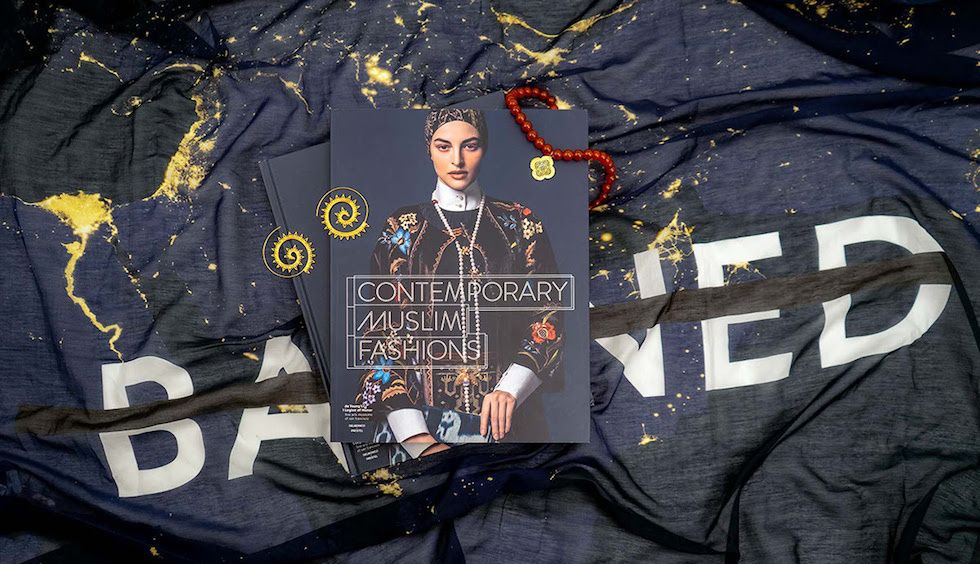
The exhibition catalogue ($75/hardcover, $50/paperback).
(Courtesy of de Young Museum)
Contemporary Muslim Fashions brings with it a museum store full of merch you'll actually want to purchase. Here are a few of our favorite things.
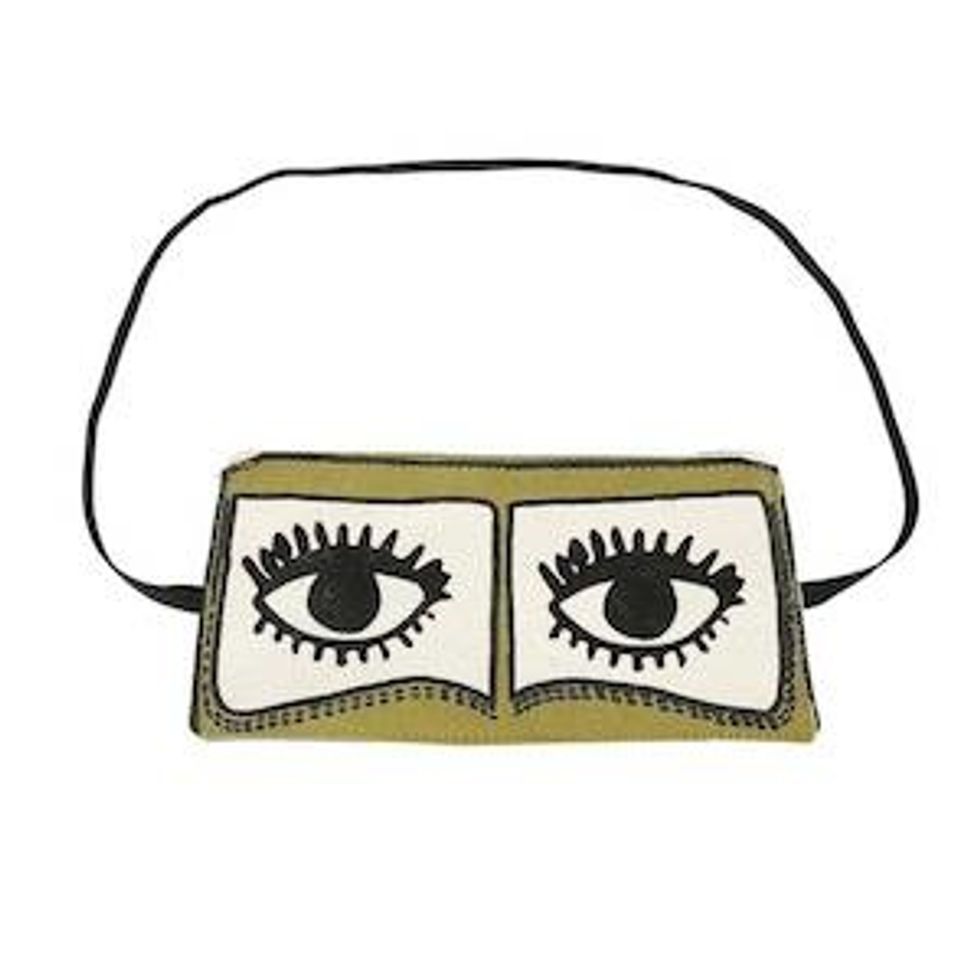
Designed by Saudi Arabian fashion label Fyunka, this cotton linen sleeping mask ($40) was inspired by burkas and the women who wear them.
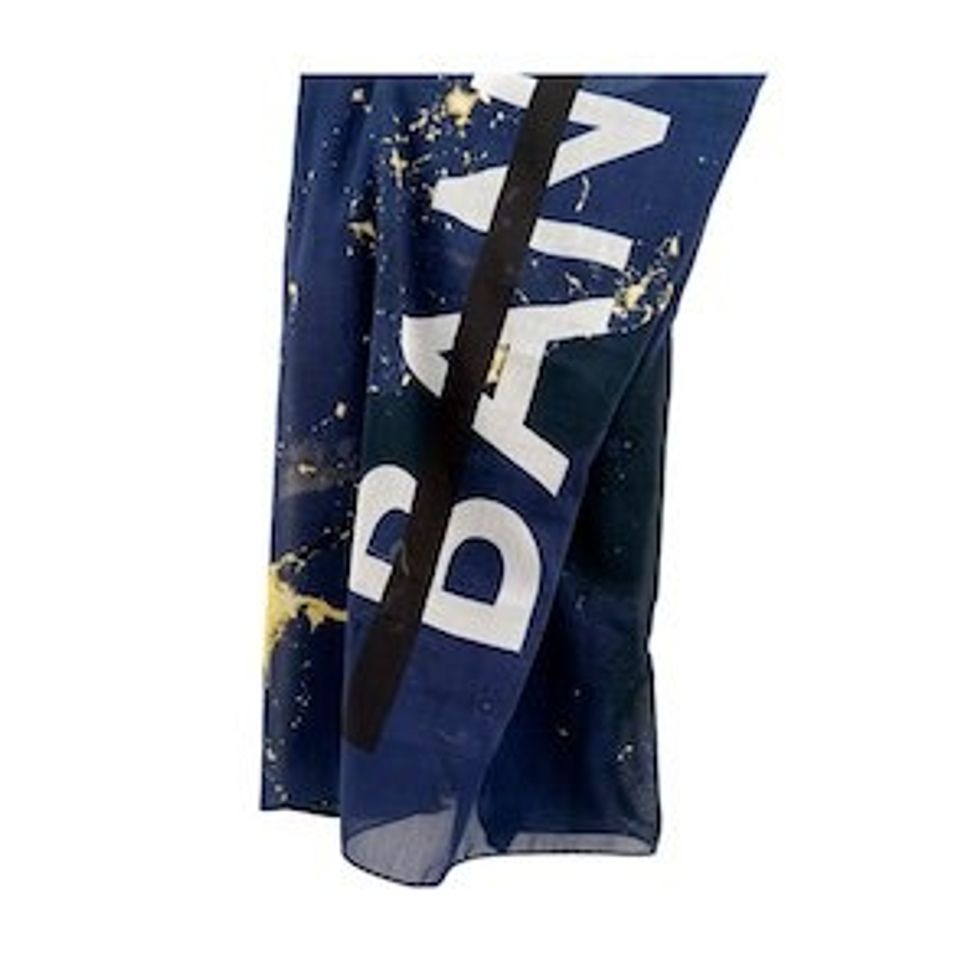
Created to raise awareness about the seven Muslim countries banned by the U.S. government, the sale of this silk/cotton scarf ($200) supports the legal work of the ACLU.
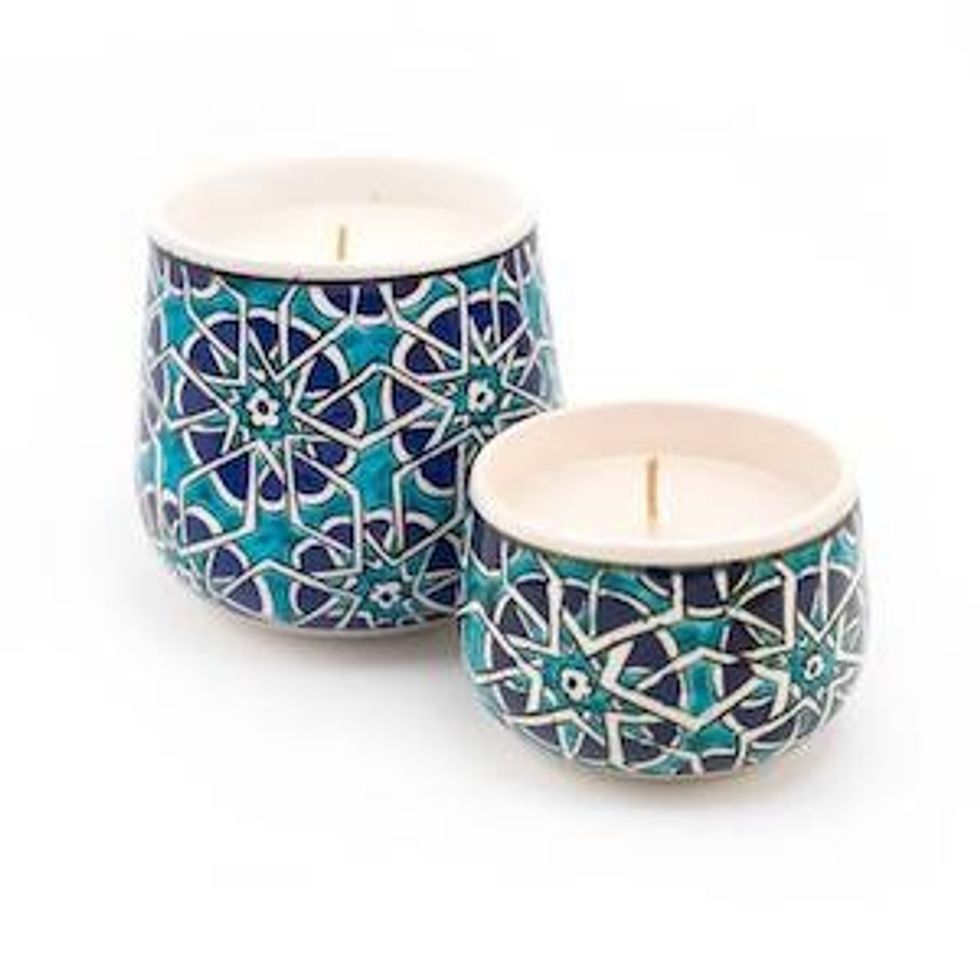
Inspired by the intricate tile design of Ancient Mesopotamia, this ceramic candle ($65) by Catalyst Colletions evokes classic mosaic patterns.




